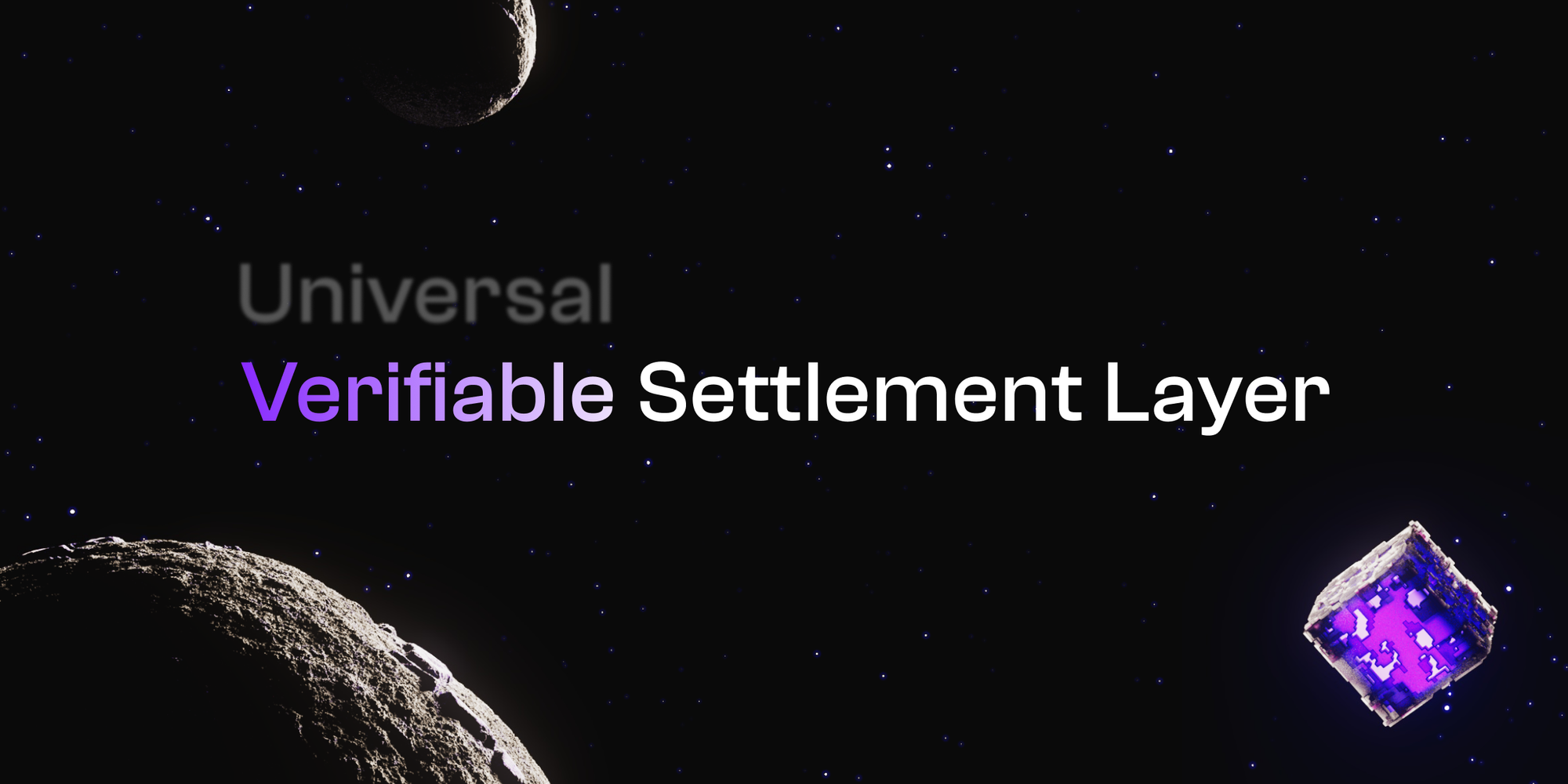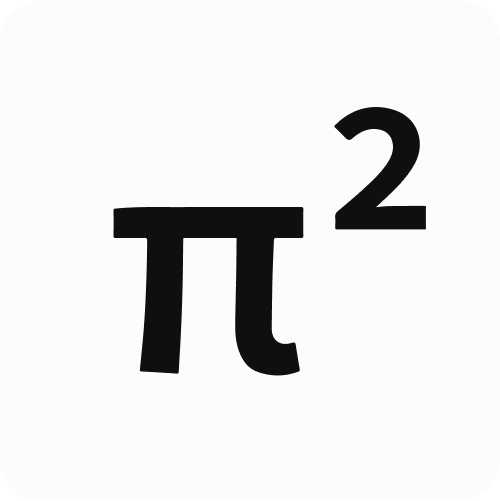Why We’re Renaming the Universal Settlement Layer / Introducing the VSL
Reframing Web3’s foundation with verifiability, correctness, and security at its core

At Pi Squared, our work has always centered around one thing: building trustworthy foundations for the next generation of blockchain applications. We believe that trust doesn’t come from promises; it comes from proofs. That’s why today, we’re renaming the universal settlement layer (USL) to the verifiable settlement layer (VSL). This is not only a name change, but more importantly, a shift to emphasize our commitment to verifiability, correctness, and security as the pillars of a new Web3 infrastructure.
We didn’t set out to build yet another protocol. We set out to build something deeper, a settlement layer that could connect blockchains, programming languages, and virtual machines in a verifiable way, through mathematical guarantees. The word “universal” captures our ambition but “verifiable” captures the essence.
Verifiability is what makes trustless systems actually trustworthy. It’s what separates noise from signal, speculation from certainty. In a world where the complexity of multi-chain applications is growing faster than ever (faster than any of us can keep up), correctness and verifiability are no longer optional; they are requirements.
The role of a settlement layer in Web3
To understand why VSL is so crucial, we need to talk about how blockchains talk to each other, and why most of them still don’t.
Today’s Web3 ecosystem is fragmented. Each chain runs on its own virtual machine, its own consensus protocol, and its own assumptions about correctness. Cross-chain communication is typically handled by bridges and middleware that introduce more trust base and assumptions, not less.
To address the issue of Web3 fragmentation, VSL unifies the mathematical sound guarantees for computation, transactions, and vetted information as VSL claims, which can be verified. Instead of enforcing any particular verification mechanisms for these computation claims, transaction claims, and vetted information claims, VSL allows users and applications to freely pick the most suitable verification mechanisms for them, based on their budgets and requirements, with a variety of options ranging from digital signatures and re-execution to mathematical and zero-knowledge proofs (ZKPs).
Once a claim is verified, VSL settles it for good by adding it to a universal set of all claims that have been verified so far. At any time, users or applications can query the VSL about the status of a claim of interest, and if that claim has been settled, VSL returns a short VSL membership proof, which can be easily verified by the VSL smart contracts. This VSL membership proof shows that the said claim is indeed a member of the universal set of settled claims. The validation of the VSL membership proofs is sufficiently simple to be implemented as on-chain smart contracts.
Figure 1: The verifiable settlement layer (VSL) architecture
And thus, our VSL slogan is “Verify once, use everywhere.”
Why is this name change important?
The name “universal settlement layer” reflected a vision of broad applicability. It spoke to a layer that could support any chain, any language, any VM. That part still remains true. However, we realized the name was missing something critical. “Universal” suggests reach, but it doesn’t communicate how that reach is achieved or why it matters.
The name “verifiable settlement layer” makes it clear that our priority is not just breadth but, more importantly, trustworthiness at scale. Verifiability is the key to addressing the issue of fragmentation in the Web3 space and is what sets Pi Squared apart from the existing solutions. VSL is the common settlement layer that connects the fragmented Web3 ecosystem islands via verifiability, only through which we can safely bring in and interact with data, information, and knowledge off/outside-chain.
What does this mean for developers and protocol builders?
For developers, the verifiable settlement layer (VSL) allows your applications to interact with other applications in any ecosystem written in any programming language, in a verifiable way, as you specify.
For protocol and infrastructure builders, VSL enables more efficient and customizable realizations of cross-chain components. We envision a new spoke–hub distribution paradigm, with VSL being the hub that verifiably connects ecosystems, applications, protocols, and users, thus reducing the interconnectivity complexity from quadratic to linear.
Looking ahead
The renaming of the universal settlement layer to the verifiable settlement layer (VSL) marks a turning point in how we think about Web3’s foundational infrastructure. We’re not just imagining a more connected world. We’re engineering one that’s provably correct from the ground up.
Verifiability is the new universality. And with it, we’re building a blockchain future that developers can trust, users can rely on, and communities can grow with, securely, confidently, and without compromise.
And we’re only just getting started!
Follow us on X to learn about the latest VSL updates.


